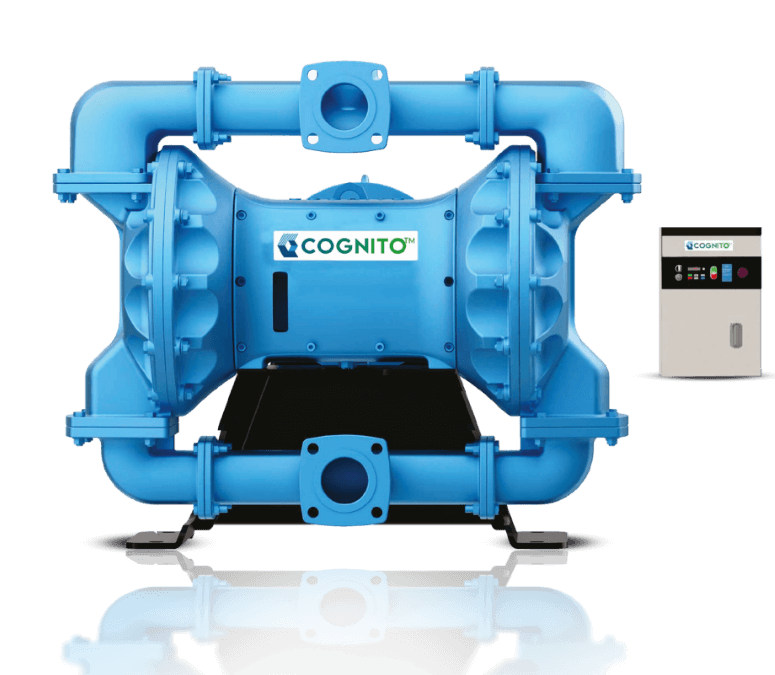An Introduction to Polymer Nano Particles
 |
| An Introduction to Polymer Nano Particles |
Polymer
nano particles are tiny structures between the size of 1 and 1000 nanometers
which are made of polymers - such as polyethylene glycol (PEG) or
polylactide-co-glycolide (PLGA) - and feature unique properties that have made
them indispensable in applications across various industries including
medicine, electronics, agriculture and environmental science. In medicine, polymer nano particles
are used to make drugs that target specific parts of the body, and
vaccinations. In electronics, they are used to make screens, laptops, and
smartphones. Polymer nano particles also play a vital role in the manufacturing
of implants, tissue engineering scaffolds, and drug delivery.
Polymer
nano particles have gained prominence because of their small size and high
surface-area-to-volume ratio, which offer distinct physical, chemical, and
biological properties to particles. As a result, manufacturers in industries
such as medicine, agriculture and electronics see great potential in these nano
particles to give their products a specific kind of composition, structure, and
surface functionalisation. In a nutshell, polymer nano particles deliver drug
efficacy like never before.
Various
types of polymer nano particles include nanospheres with uniformly distributed
polymer matrix, and nanocapsules which feature core-shell structures with a
polymeric shell and a liquid or solid core. Other polymer nano particles called
dendrimers look like trees and offer precise molecular weight control and
functionalisation for targeted drug efficacy. Polymeric Micelles, made by the
self-assembly of amphiphilic block copolymers, are used in hydrophobic drugs.
History
of polymer nano particles
Scientists
and experts have been working on the development of polymer nano particles for
decades. The technology came into the limelight when liposomes and micelles made from amphipathic lipid molecules were
first used in drugs in the 1970s. During the late 1970s and 1980s, polymer nano
particles were tested for differences in biodistribution, elimination, and
other bio interactions based on particle surface chemistry and morphology.
After that, during the 1990s, inert coatings made from PEG were incorporated to
give particles their stealth properties. And in the 2000s, polymer nano
particles were successfully tested to create treatment options such as protein
and nucleic acid therapeutics.
Formulation
of Polymer Nanoparticles
The
formulation of Polymer Nanoparticles includes the following steps:
Aqueous
phase: This is the stage where water and surfactant are merged.
Oil
phase: In this phase, the polymeric and other hydrophobic ingredients like
actives, contrast agents, etc., are dissolved in the water-immiscible solvent.
While
formulating polymer nano particles, the solvent selection is very important.
It's important to consider factors such as water miscibility, boiling point,
toxicity, active pharmaceutical ingredients and diagnostic ingredients.
Microfluidizer®
processors by IDEX
A
known name in the polymer nano particles industry, Microfluidizer® processors
offer uniform nanoemulsions, nanoencapsulation, nanoparticles, cell disruption,
deagglomeration and uniform particle size reduction.
Microfluidics
is known as the maker of some of the best High-Pressure Homogenisers for cell
disruption available in the industry.
Microfluidizer®
processors are designed with the user in mind. They are easy to use and clean,
and are scalable as well. These processors are also useful in targeted delivery
of drug molecules (meaning drugs reach specific sites in the body) to improve
therapeutic efficacy. The processors use high shear forces to control particle
size and give polymer nanoparticles the ability to be terminally sterilised via
filtration and controlled release.
Microfluidizer
offers a range of homogenisers, including high-pressure laboratory homogeniser
models that can process very small, investigatory samples. They also
manufacture production-scale machines which can process larger batches. All
these homogenisers offer excellent deagglomeration.
Microfluidics'
LM10 High Shear Fluid Processor delivers unmatched particle size reduction, can
handle pressures up to 23,000 psi, and offers tighter particle size
distribution. The processor also offers its operators optimal temperature
control and reduced development time in pilot/production.
Another
equipment by Microfluidics, the Pilot Scale, acts like a bridge between R&D
and production. Pilot Scale is a cost-effective solution for pilot batch
production for manufacturers looking to scale up to industrial homogenisation.
Microfluidics'
M-700 series can process particles at the highest shear rates and handle
pressure up to 30,000 psi. The M-700 series also has a wear-resistant
interaction chamber and guarantees scale-up from other processors. Its patented
design ensures equal energy-per-unit fluid volume and safe processing of
thermally sensitive materials.
Another
reputed equipment by Microfluidics - the MP350 Microlyser™ Processor brings the
best of both worlds by combining Microfluidics proprietary Interaction Chamber™
technology and a unique electric pumping system. The result is a processor that
provides consistent pressure across the batch cycle to maximise protein yields
while offering high product quality in cell disruption of various cells.
Microfluidizer®
high shear homogenisers are ideal for you if you are looking for specialised
and customised formulation expertise. The Microfluidics team works with their
clients to offer the optimal solution to meet their product goals. The goal of
the Microfluidics team is to create best-in-class nanoemulsions and help their clients achieve their desired particle
size for their manufacturing needs.
To
learn more about Microfluidics homogenisers, go to their website today - https://idexindia.in/microlyser/



Comments
Post a Comment